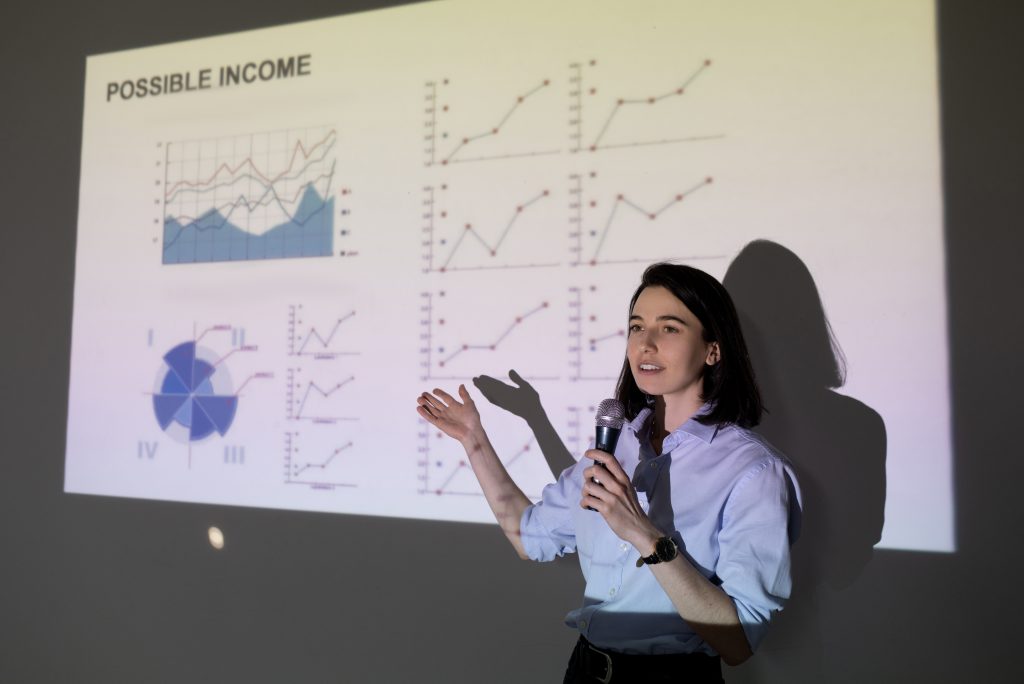
Written by Dr. Hannes Nel
Research has shown that most people seek for excuses to fail rather than for ways in which to achieve success.
Nobody throws in the towel without rationalising about why their decision is justified.
And that is the difference between a winner and a loser.
Success always requires perseverance.
The most important decision that you must make before embarking on master’s degree or doctoral studies is that you will succeed.
Do not even think of failure as an option.
I discuss memoing and reflection on the analysis process in this article.
Memoing. Memos are an extremely versatile tool that can be used for many different purposes. It refers to any writing that you do in relation to the research other than your field notes, transcription or coding. A memo can be a brief comment that you type or write in the margin of your notes on an interview, notes on observations that you made during field work, your own impressions or ideas inspired by field work or literature study, an essay on your analysis of data, provisional conclusions and even possible findings. The basic idea behind memoing is to get ideas, observations and impressions down on paper to serve as the foundation for reflection, analytical insight and remembering spur of the moment ideas. Memos can also be coded in order to save them as part of the other data that you collected for further analysis.
Memos capture your thoughts on the main information that you recorded and can be most useful for creating new knowledge and findings. In dedicated computer software that uses it, memos are similar to codes, but usually contain longer passages of text. They, furthermore, differ from quotations in that quotations are extracts from primary documents, while memos represent your personal observations and impressions.
Although mostly recorded independently, a memo may refer to other memos, quotations, and codes. They can be grouped according to types (method, theoretical, descriptive, etc.), which is helpful in organizing and sorting them. Memos may also be assigned to primary documents so that they can be analysed with associated other coded data.
Memos are one of the most important techniques you have for recording and developing your ideas. You should, therefore, think of memos as a way of recording or presenting an understanding you have already reached. Memos should include reflections and conclusions on your reading and ideas as well as your fieldwork. They can be analytical, conceptual, theoretical or philosophical in nature. Memos can be written on almost anything that might have a positive impact on your research findings, including methodological issues, ethics, personal reactions, sudden understanding of previously complex concepts, misconceptions, etc. Memos should, therefore, be written in narrative format, including logical reasoning about the elements of your research.
Writing memos by means of dedicated computer software is an important task in every phase of the qualitative research process. The ideas captured in memos are often the “pieces of the puzzle” that are later put together when you make conclusions and compile findings. Memos might be rather short in the beginning and become more elaborate as you gain more clarity on your arguments and the nature of the data or observations that you are investigating.
Memos can stand alone, in the event of which they would explain data that deals with a particular and important issue relevant to the purpose of the research. Memos can also be linked to other memos, quotations, or codes, in the event of which linked objects should refer to associated data and arguments to form a new, reconstructed or deconstructed narrative. Such associated memos, quotations and codes can contain methodological notes; they can be used as a bulletin board to exchange information between team members; they can be used to write notes about the analytical process, keeping a journal of to-dos; conclusions and findings can be deduced from them. Memos may also serve as a repository for symbols, text templates, and embedded objects (photos, figures, diagrams, graphs, etc.) that you may want to insert into primary documents or other memos.
The difference between memos and codes. A code can be just one word or a heading, forming a succinct, dense descriptor for a concept or argument emerging when you study data closely with the intent of identifying data elements relative to the purpose and topic of your research. Complex findings can be reduced to markers of important and relevant data.
A memo is normally longer than a code. A memo is a record of the process of cognitive thinking that you would go through when collecting data through observation, literature study, interviewing, etc. Words and short sections of a memo can be coded. Like codes, memos have short and concise names. These names, or titles, are used for displaying memos in browsers, and help to find specific memos.
The similarity and difference between memos and comments. The best way in which to compare memos and comments is probably to compare them with codes. Codes should be seen as “headings” for concepts. Memos and comments both refer to lengthy texts and both are generated by you as the researcher.
However, comments belong with just one entity or argument. You can, for example comment on a particular primary data source, such as a book, a report, minutes of a focus group meeting, etc. Memos, on the other hand, can be associated with more than one object or source of information. Memos, furthermore, can contribute to your collection of data in more than one way, for example as theoretical data, philosophical data, descriptions of methods, general comments, etc. Memos can be free-standing while comments must always be linked to other data. Memos can be associated with more than one object and be used for a variety of purposes, for example to discuss, analyse and process theoretical data, to describe methods, to comment, to inform, etc.
Reflection. The last step in data analysis is reflection. Reflection has to do with the ability to stand back from and think carefully about what you have done or are doing. The following questions will help you develop your ability to reflect on your analysis:
1. What was your role in the research?
2. Did you feel comfortable or uncomfortable? Why?
3. What action did you take? How did you and others react?
4. Was it appropriate? How could you have improved the situation for yourself, and others?
5. What could you change in the future?
6. Do you feel as if you have learnt anything new about yourself or your research?
7. Has it changed your way of thinking in any way?
8. What knowledge, from theories, practices and other aspects of your own and other’s research, can you apply to this situation?
9. What broader issues – for example ethical, political or social – arise from this situation?
10. Have you recorded your thoughts in your research diary?
Summary
Memos are versatile tools that you can use in the analysis of data. You can use memos to do the following:
- Integrate data in your thesis or dissertation.
- Consolidate your impressions and ideas into provisional conclusions and possible findings.
- To serve as the foundation for reflection, analytical insight and to remember spur of the moment ideas.
- To store interrelated ideas as codes.
- To capture your thoughts on the main information that you recorded.
- To develop new knowledge and findings.
Memos:
- May refer to other memos, quotations and codes.
- Can be grouped according to type.
- May be assigned to primary documents.
- Is a way of recording or presenting an understanding that you have already reached.
- Should include reflections and conclusions on your reading, ideas and fieldwork.
- Can be analytical, conceptual, theoretical or philosophical.
- Can be written on almost anything that might add value to your research.
- Should be written in a narrative format.
- May serve as a repository for symbols, text templates and embedded objects.
Memos are similar to codes, but usually contain longer passages of text.
Memos differ from comments in that comments belong with just one entity or argument, while memos can be associated with more than one object or source of information.
Also, memos can be free standing while comments must always be linked to other data.
The last step in data analysis is reflection.
Close
With this article we cross the bridge from data analysis to the layout of the thesis or dissertation.
Once you know how to structure a thesis or dissertation, you should be able to write and submit it.
There is one more step before you submit your thesis or dissertation for assessment, and that is to review your work.
The people who successfully completed a thesis or dissertation in the past are pretty much the same as you.
They are intelligent, creative and willing to work hard.
But they are not super human beings.
And there is no reason why you cannot achieve what they did.
Enjoy your studies.
Thank you.









